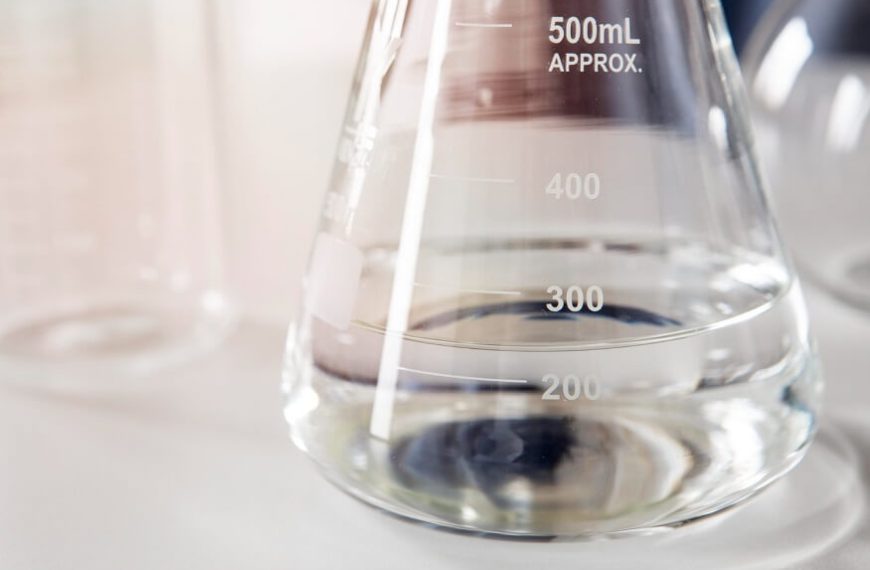In physics and chemistry, density—the measurement of mass per unit volume—is a basic idea. Even while it could appear like a difficult scientific concept, practical experiments can make it more understandable and entertaining, especially for younger students. One engaging way to investigate density in liquids is by creating sensory bottles. These bottles not only serve as visual aids but also provide a tactile experience, making the learning process both fun and educational.
The Science Behind Density
Before delving into the world of sensory bottles, let’s briefly explore the science behind density. One may compute density by dividing an object’s mass by its volume. When applied to liquids, it clarifies why certain materials float while others sink and explains how layers are created when different volumes of liquid are mixed together.
Materials Needed
To embark on this educational journey, gather a few simple materials:
- Clear plastic bottles with lids
- Water
- Various liquids (e.g., vegetable oil, dish soap, honey, corn syrup)
- Small solid objects (e.g., beads, buttons, small toys)
- Food colouring
- Glitter (optional)
- Funnel
- Measuring cups
- Hot glue gun (for sealing the lids)
Creating the Sensory Bottles
Now, let’s turn these materials into captivating sensory bottles that demonstrate the concept of density.
- Choose Your Liquids
- Add Colour and Sparkle
- Select Solid Objects
- Assemble the Bottles
- Insert Solid Objects
- Seal the Bottles
Select liquids with different densities to create layers in your sensory bottles. Water, vegetable oil, dish soap, honey, and corn syrup are excellent choices. Each liquid should have a distinct density, allowing them to stack on top of each other.
Enhance the visual appeal of your sensory bottles by adding food colouring and glitter. This step not only makes the bottles more exciting but also helps differentiate between the layers.
Choose small solid objects that will either float or sink in the liquids you’ve selected. These objects will provide a clear visual representation of how density affects buoyancy.
Using a funnel, carefully pour the liquids into the clear plastic bottles one by one. Start with the liquid that has the highest density and gradually add the others. Allow each layer to settle before adding the next to create distinct and visually appealing strata.
Drop the selected solid objects into the bottles at different levels. Observe their behaviour in the various liquid layers. Some objects may float on the surface, while others may sink or hover in between layers, showcasing the impact of density.
To prevent spills and maintain the integrity of your sensory bottles, use a hot glue gun to seal the lids securely. This step ensures that the layers remain distinct and prevents unintended mixing.
Exploring Density through Sensory Bottles
Once your sensory bottles are ready, it’s time to dive into the exploration of density. Here are a few activities to engage learners of all ages:
- Observation and Classification
- Floating and Sinking Predictions
- Mixing and Separating Layers
- Density Rainbow
- Density Tower Challenge
Encourage participants to observe the bottles closely. Ask questions such as:
What do you notice about the layers in the bottle? Can you identify which liquid has the highest density? The lowest?
Have participants classify the bottles based on the behaviour of the solid objects. This activity enhances observational skills and introduces the concept of classification in science.
Before introducing the solid objects, have participants predict which ones will float and which will sink in each layer. Discuss their predictions and encourage them to think about how the density of the liquids might affect the objects’ buoyancy.
Shake the sensory bottles gently and observe how the layers interact. Discuss why the liquids mix or remain separate. This activity helps reinforce the idea that substances with different densities tend to separate naturally.
Challenge participants to create a “density rainbow” by layering liquids of different colours. This activity adds a creative twist to the exploration of density and allows participants to experiment with colour combinations.
Extend the activity by turning it into a challenge. Provide participants with additional liquids and objects and challenge them to create the tallest density tower with the most distinct layers. This encourages creativity and critical thinking.
Educational Significance
The use of sensory bottles in investigating density offers various educational benefits:
- Hands-On Learning
- Visual Representation
- Experiential Understanding
- Integration of Multiple Subjects
- Encourages Curiosity
Sensory bottles provide a hands-on learning experience, allowing participants to actively engage with scientific concepts. The tactile nature of the activity enhances understanding and retention.
The layered structure of the sensory bottles serves as a visual representation of density. Learners can see firsthand how liquids with different densities arrange themselves in distinct layers.
By incorporating solid objects that interact with the liquids, participants gain a deeper, experiential understanding of how density influences the behaviour of objects in various substances.
The creation and exploration of sensory bottles can be integrated into various subjects, including science, mathematics, and art. Participants can measure and compare the volumes of liquids, calculate densities, and express their creativity through the design of the bottles.
The colourful and visually appealing nature of the sensory bottles sparks curiosity and interest in the underlying scientific principles. Participants are more likely to ask questions and seek answers, fostering a positive attitude toward learning.
Exploring density through sensory bottles not only enhances scientific understanding but also bridges the gap between theoretical concepts and their practical applications. By connecting density to real-world scenarios, participants gain a holistic appreciation for the role this fundamental concept plays in shaping our understanding of the natural world.
This hands-on, multidisciplinary approach transforms learning into a dynamic and memorable experience, laying the groundwork for a lifelong curiosity about the sciences. As we strive to cultivate the next generation of scientists, engineers, and critical thinkers, activities like investigating density through sensory bottles serve as catalysts for curiosity, exploration, and a deeper understanding of the world around us.
For more such interesting blogs, Visit EuroKids














